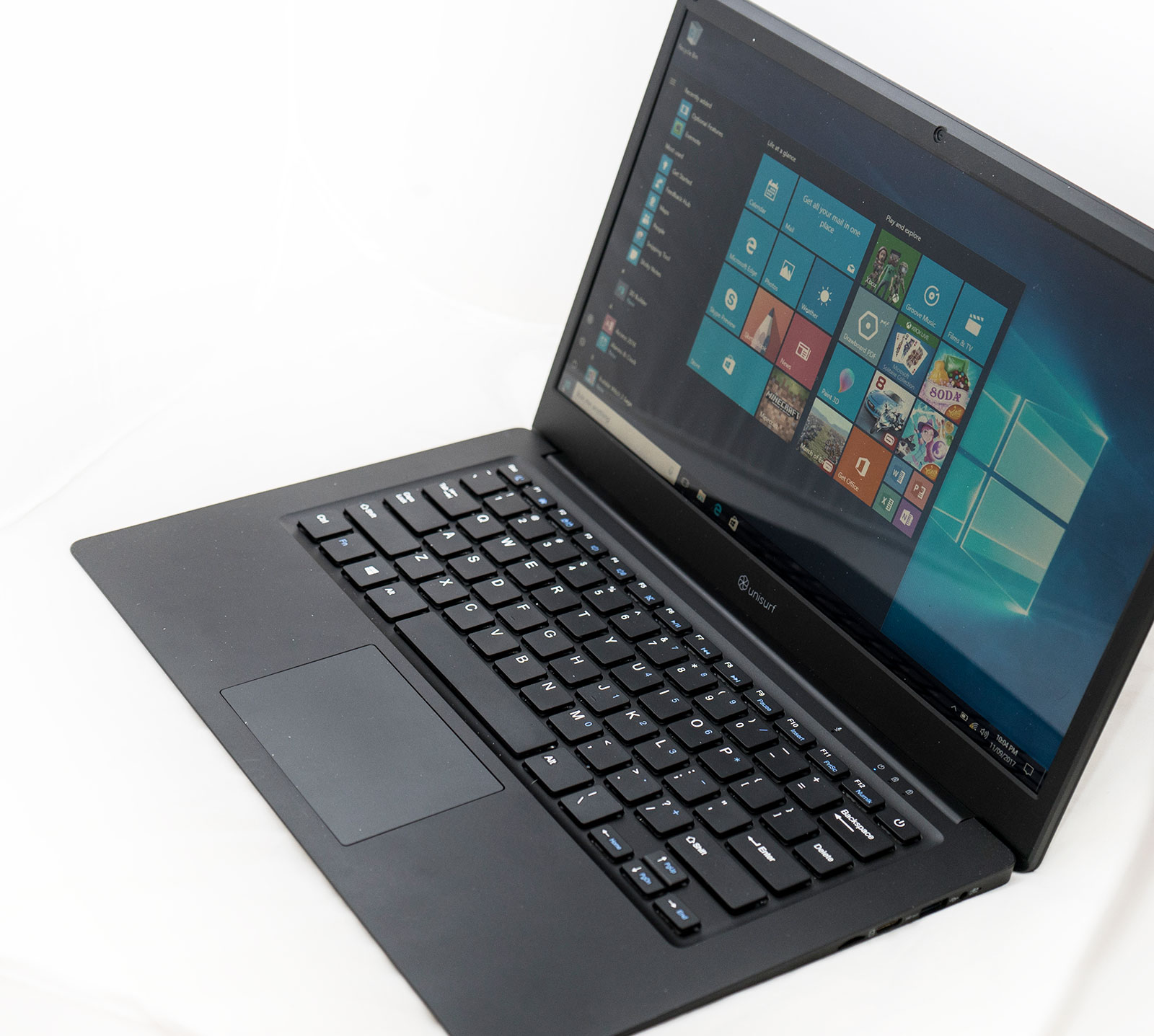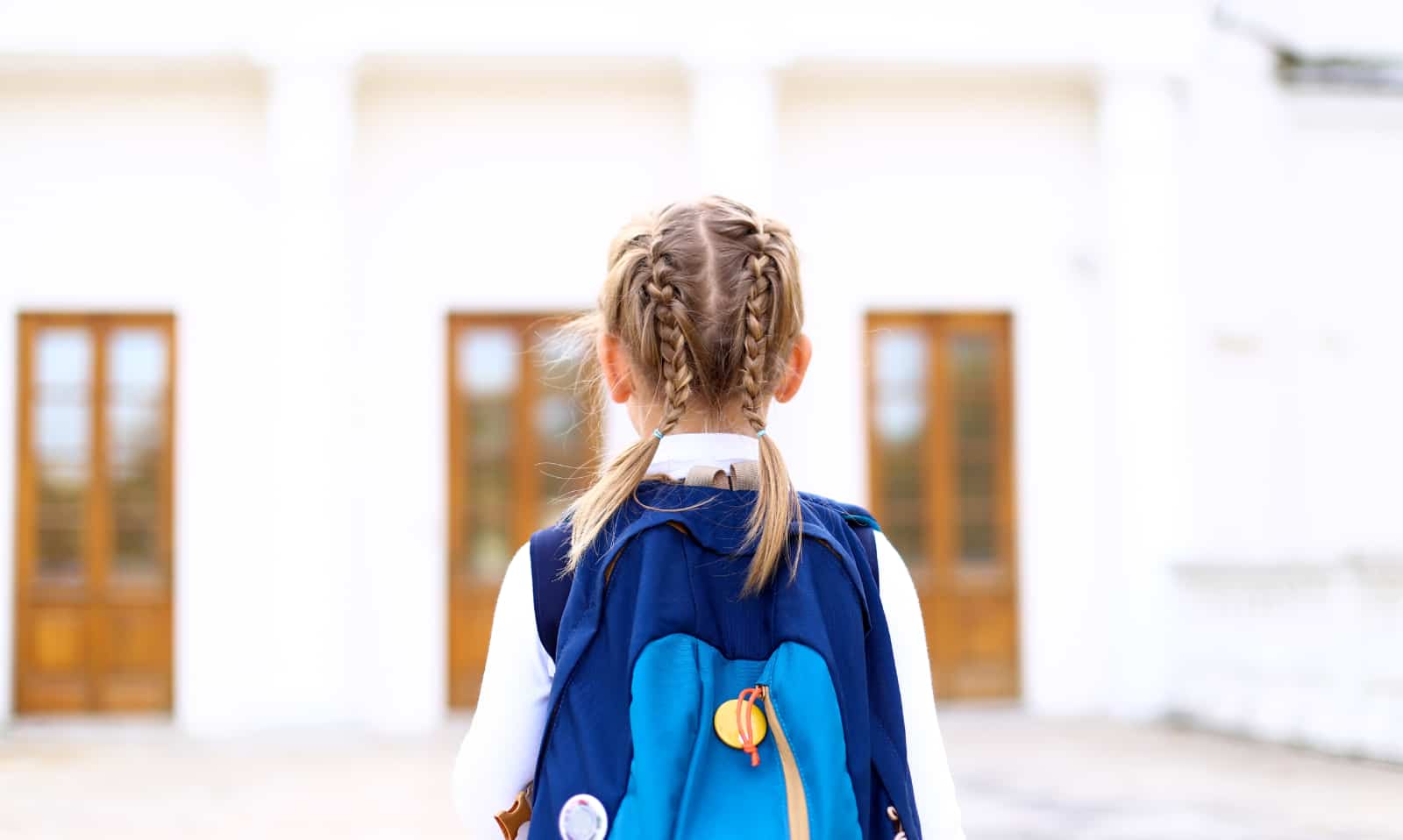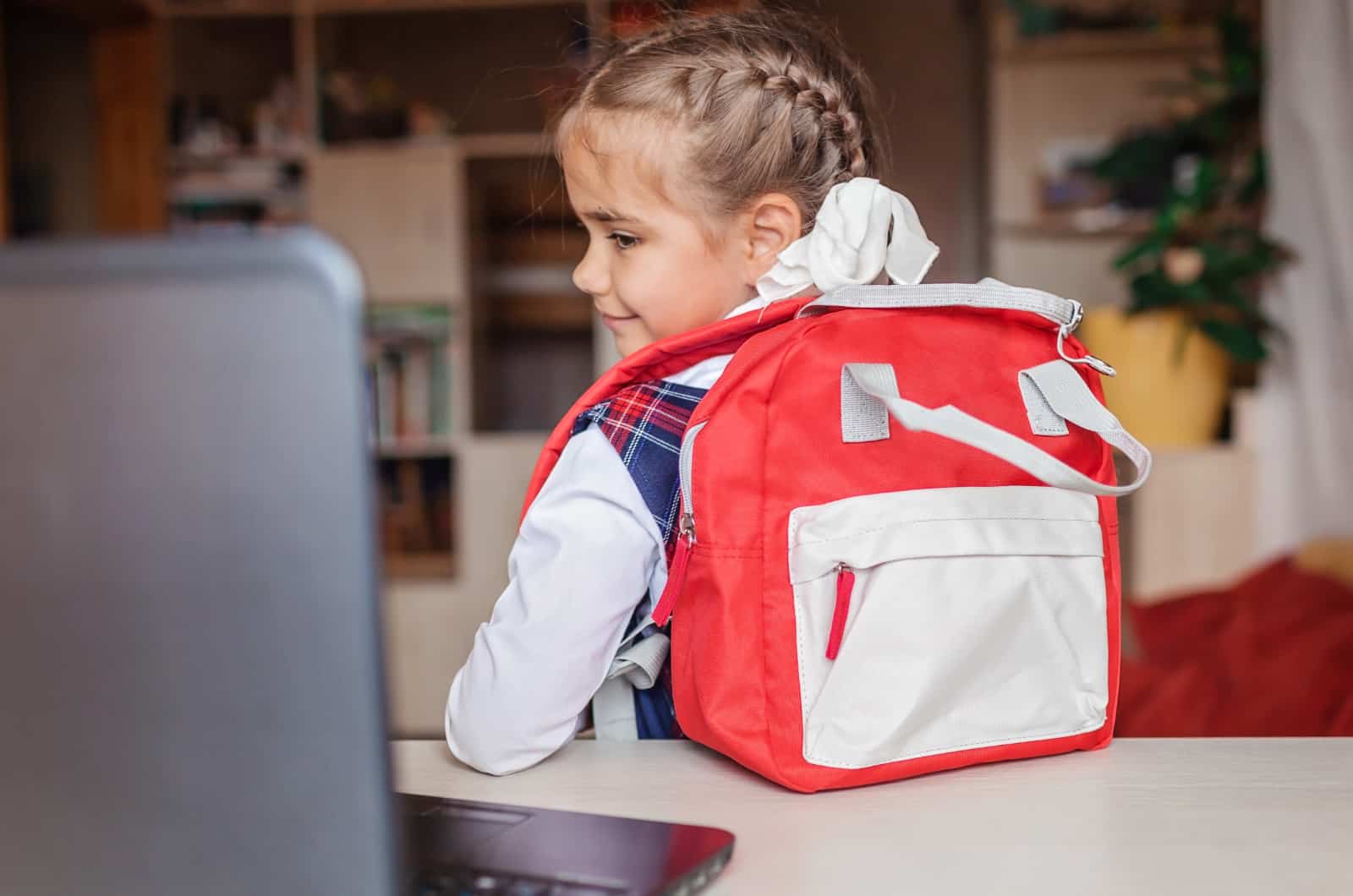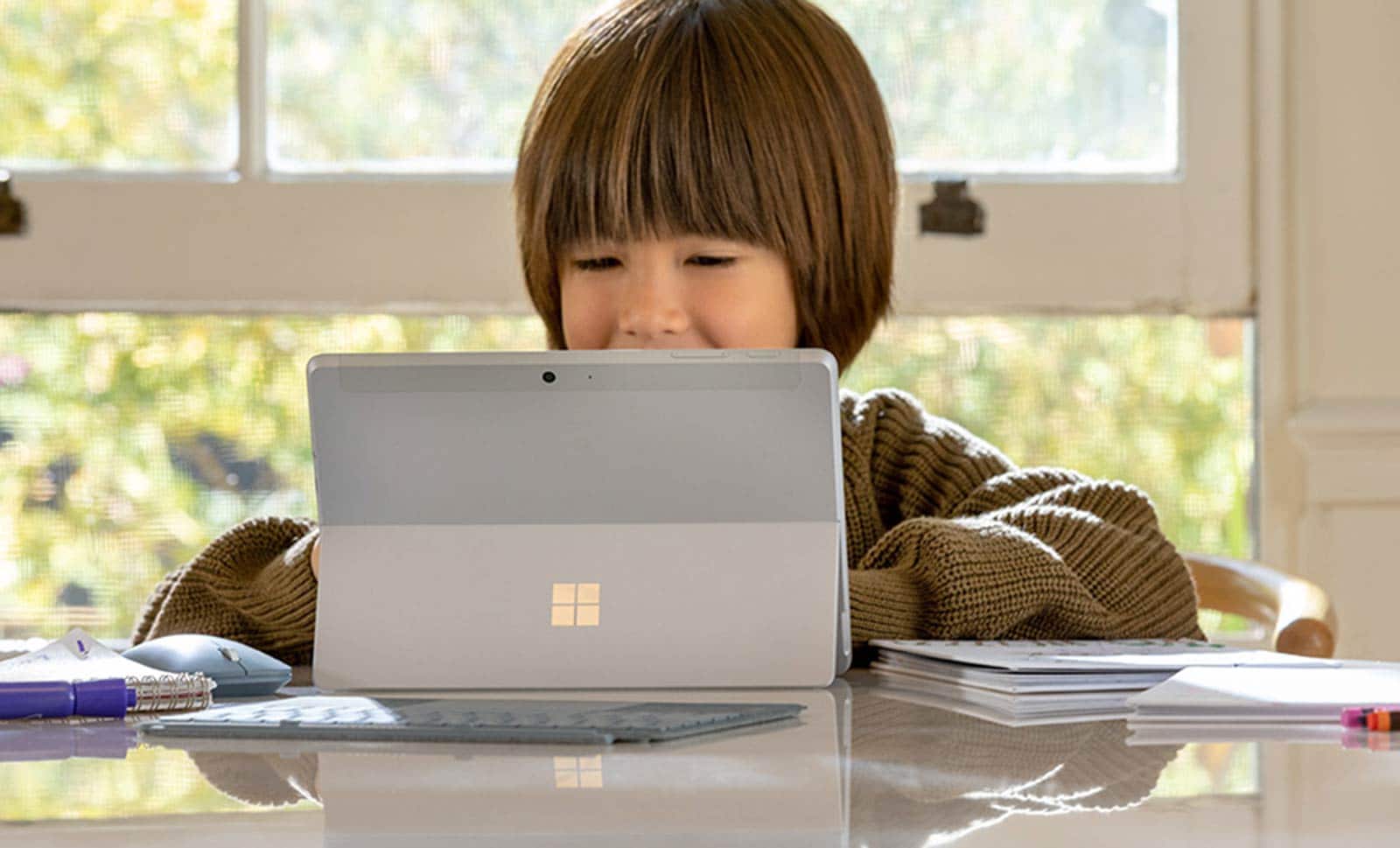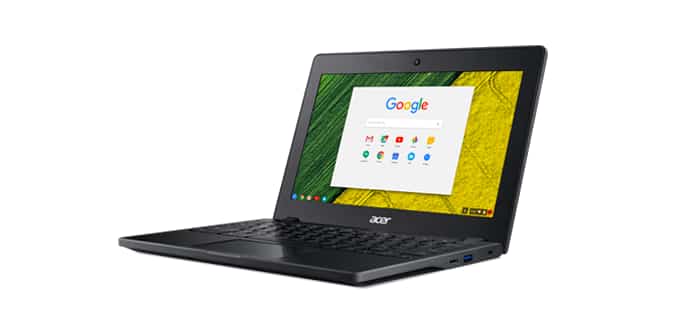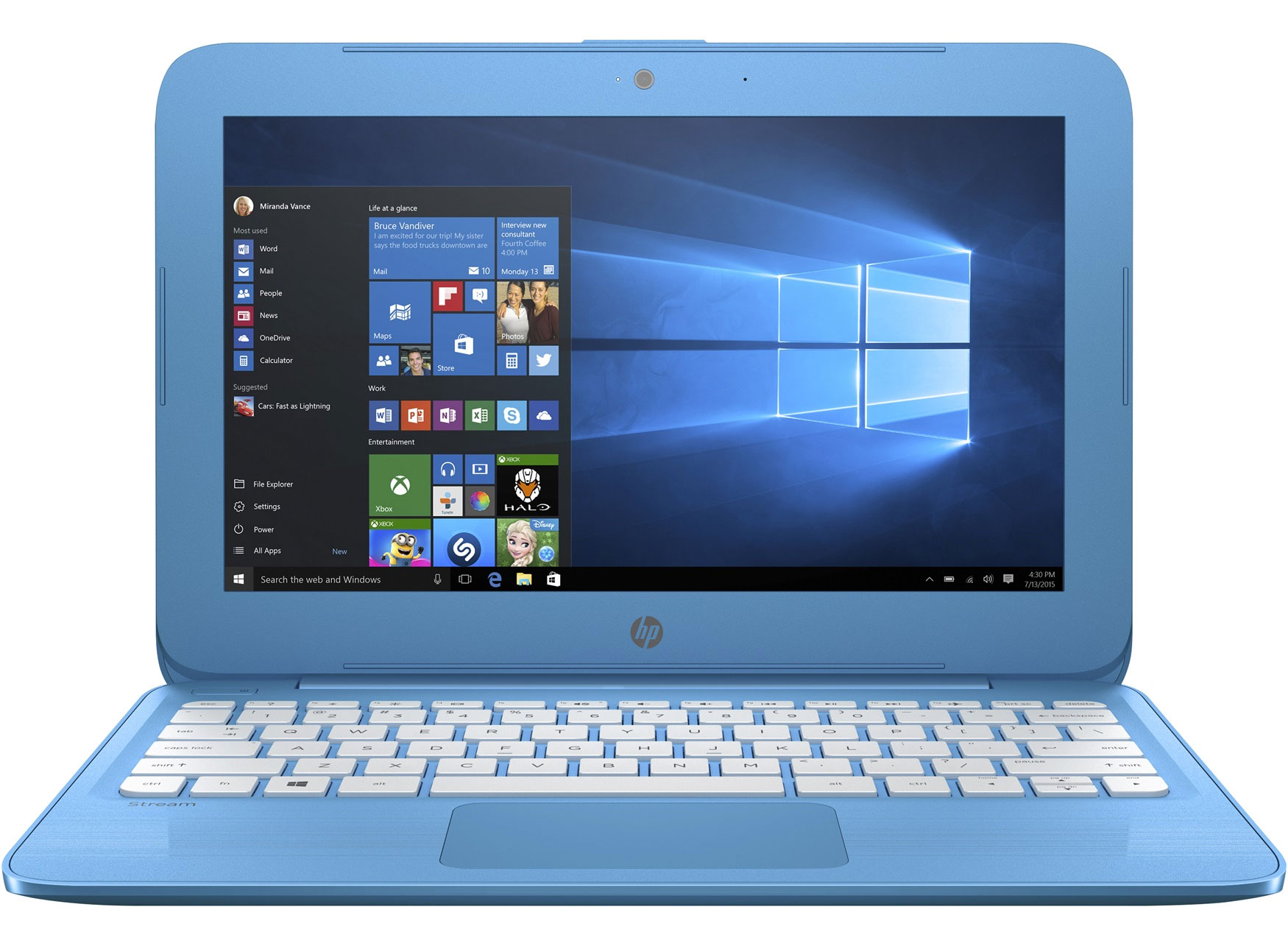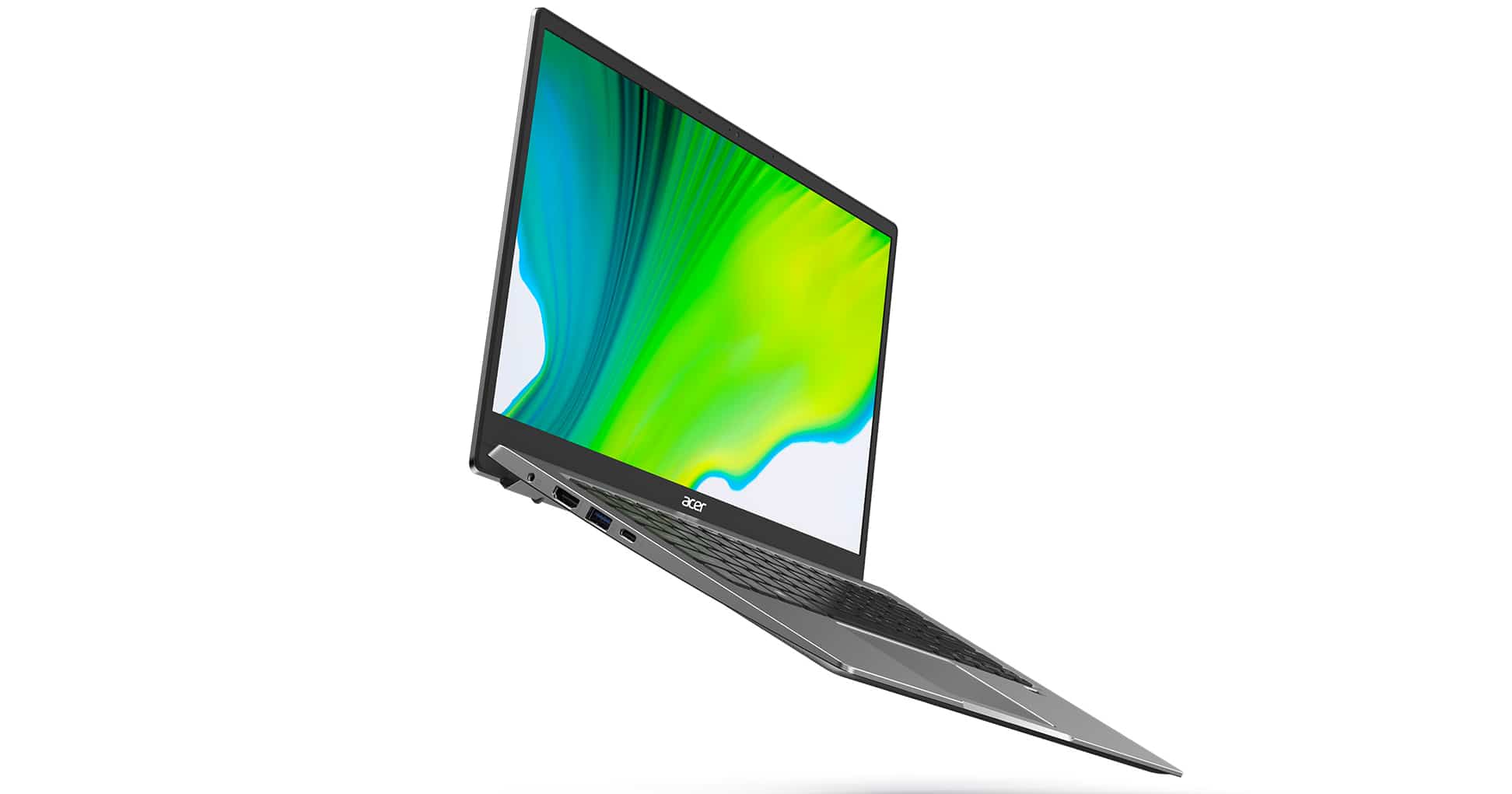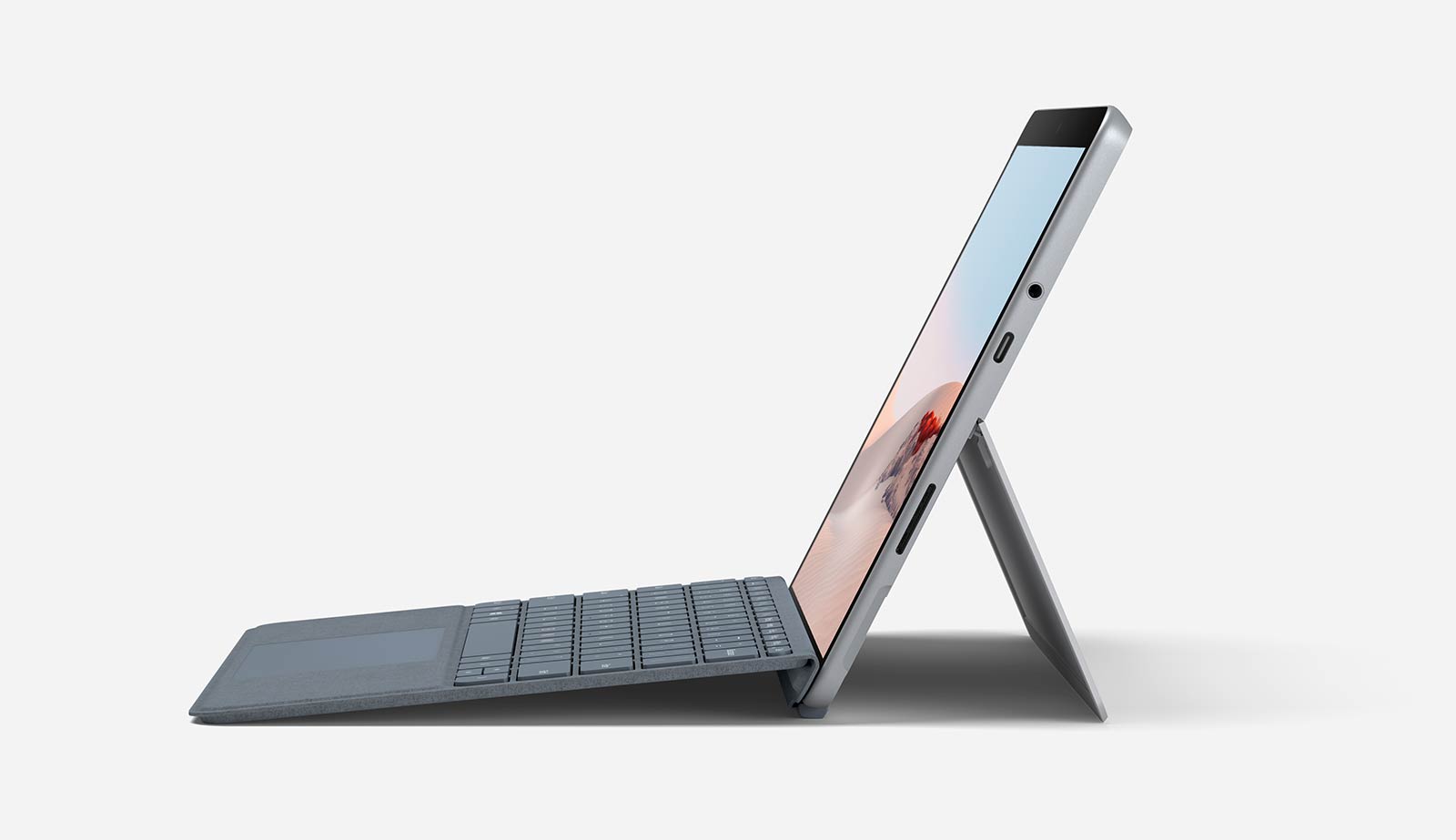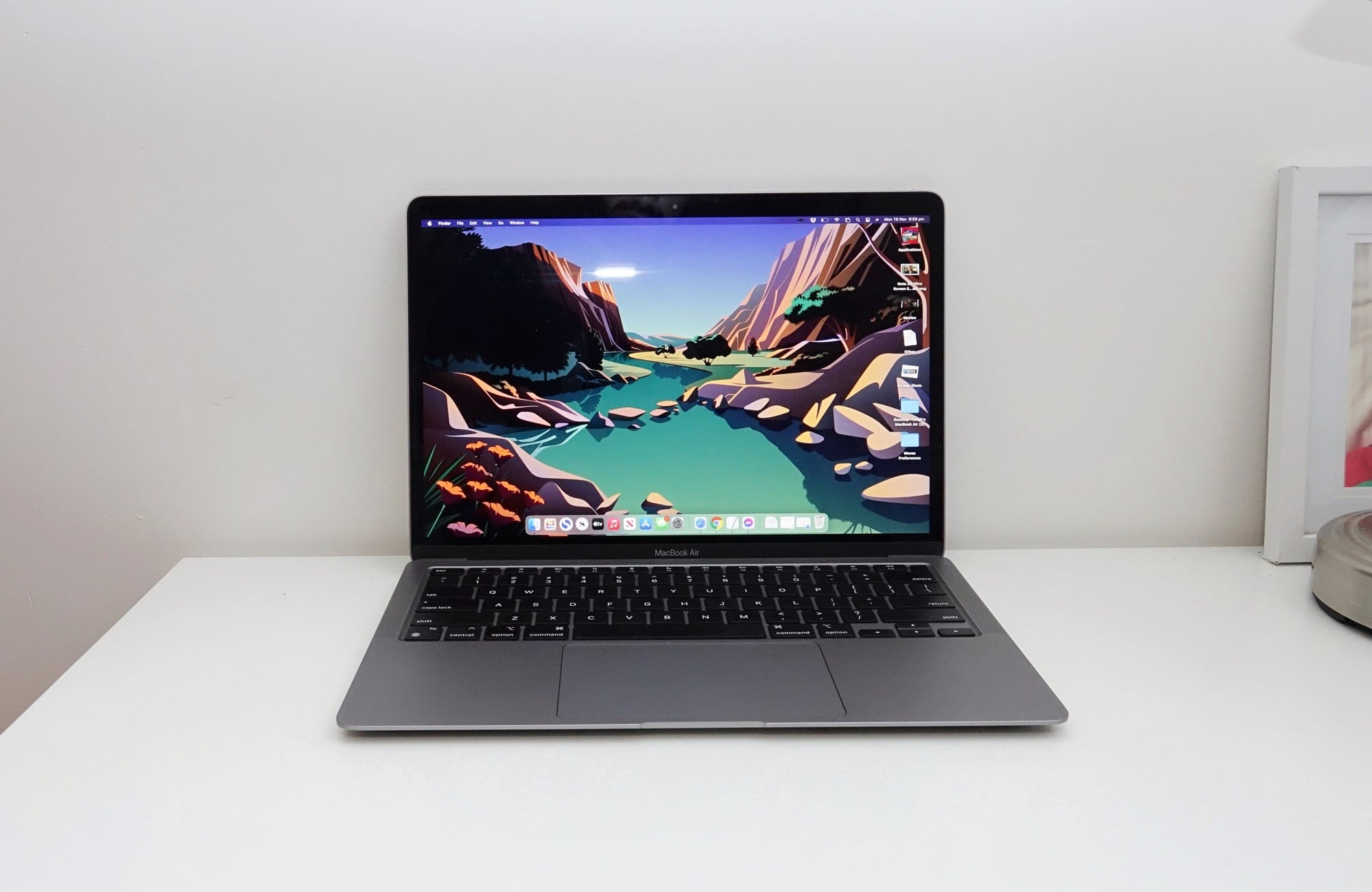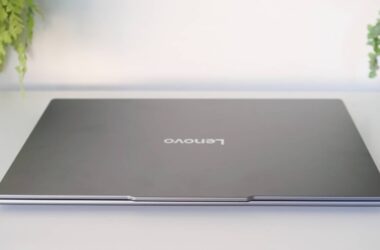The kids mightn’t like it, but it’s time to go back to school, and that means parents looking for laptops. What computer should you get for primary school kids in 2021?
It might be hard to believe, but it’s a new year, and that means it’s time for the little ones to head to school. Whether they’re going to somewhere near or just heading back, they might need a laptop, because these days, that’s just what happens.
Finding a laptop for primary school students isn’t as easy as just buying one and hoping for the best, because there are issues to think about: size and weight, operating system, and what the school says students will need to run. All of this matters, and in the 2021 school year, a laptop with a camera might be a necessity as well, given the pandemic could mean more home-schooling later on, too.
So what do you need to know about if you want to buy a laptop for someone in primary school: how do you buy a laptop for a child in 2021?
Consider the best sized laptop for your child
Before buying a laptop for someone in primary school, consider the size as a main feature worth talking about.
Typically, laptops range from 10 inches all the way to 17, making for quite a lot of choice in portable computers. The bigger the computer, the bigger the keyboard, and often the bigger the battery and feature set, but bigger doesn’t always translate to a better experience overall.
Keep in mind the size of a primary school student, because a computer also has to be back and backpack friendly for them, and the bigger the computer, the heavier it’s likely to be, as well.
We’d typically suggest laptops sized between 10 and 14 inches for primary school students, with 15 inches being the absolute maximum you should look at. Smaller laptops sized around 11 to 13 inches tend to offer some of the best compromise, delivering enough of the feature set for young people in size that won’t strain their backs.
However size isn’t the only concern for parents buying a laptop in the 2021 school year.
Chrome OS, Windows, or Mac?
There’s also the question of which operating system, because that will play a part.
These days, you have a choice between three laptop operating systems: Chrome, macOS, and Windows. The latter two are pretty easy to work out — Mac and Windows — but that first one appears on Chromebooks, and is basically the Chrome web browser turned into an operating system.
Chrome computers can be less expensive than their Windows and Mac counterparts, but they also don’t run the same assortment of apps. If your school relies on specific apps that can’t be found in a web browser, a Chromebook is not for them.
Can I get an iPad?
Another great option is an iPad, but like the Chromebook, only if the school is using apps that can work with an iPad.
While the entry-level iPad 10.2 makes for a fairly inexpensive and highly portable computer at $499 alongside a keyboard case such as Apple’s $235 Smart Keyboard Cover or one from another brand, you’ll want to make sure that the iPad supports the apps your little student needs to make it through the year, or even the next few.
Check with your school
Ultimately, what you should be doing is checking with your school on just what your kids need. The reality is that every school has different apps that it will use, and that can and will affect laptop choice.
These days, many of the apps made for Windows computers also appear on Macs, and vice versa. That means that whether you buy a Windows laptop or a Mac laptop, you children should be fine, but if you have plans to buy an iPad or Chromebook, you should definitely check with the school whether that will work at all.
While an iPad and a Chromebook both support office productivity apps and web browsers, they may not run specific apps needed for some classes, and so asking the school in the first place may be the best choice for nailing a student’s laptop.
School laptops in the WFH world
Alongside what the school thinks, it’s handy to keep in mind that a school laptop in 2021 may want to cater for the pandemic, and the possibility that your student might be going to school through their computer.
While vaccines are in the process of rolling out, no one can say whether kids will be at school for the entirety of the year, so make sure there’s a camera built into that laptop. That should be in every laptop for the past decade, but if you’re planning on giving a child a hand-me-down, it’d be well worth making sure the camera does work in case they’re thrust in another home-schooling situation.
Laptops for younger kids in primary school
Once you know what you need, it’s a simple matter of picking a laptop, and then a laptop case to go with it.
Keep in mind that buying a laptop is typically not a once-a-year kind of thing, and the better you treat a laptop, the longer it will last. That may mean regular backups, keeping it padded in a case for use inside of a school backpack, and informing your children to treat the laptop well, and try not to (obviously) spill water on it, or eat over the keyboard.
Laptops can last years when treated well, and given the cost of one, for many parents, that will be the intended hope.
With that in mind, you simply need to pick one that matches the needs of the student and school for this year, which should also be acceptable for the next few.
Acer Chromebook 11.6 inch
Price: $287
One of the cheapest notebooks around, Acer’s 11.6 inch Chromebook manages to pack in a relative amount of computing power into an 11.6 inch laptop, provided you’re happy with Chrome OS.
In case you didn’t read the section above, Chrome OS is basically an operating system modelled on Google’s Chrome web browser, which makes it great for surfing the web, and also capable of running web apps, such as the productivity suite offered by Google Docs and Google Sheets, replacing Word and Excel.
It also doesn’t have to alway be online, something that might surprise people given it’s based around a web browser. Chromebooks work offline, as well. However if your child’s school expects you to use certain apps that aren’t on Chrome OS, this isn’t for you, so before landing on a sub-$300 computer, make sure you check.
HP Stream 11.6 inch
Price: $367
One of the most established computers for primary school students, the HP Stream was one of the original contenders for the best laptop for kids. It even used to come in pink and blue, depending on what your kids wanted.
A few years in, the HP Stream isn’t quite as big of a deal, and only comes with a smattering of storage and memory, with a mere 4GB RAM and 64GB storage to go along with the not-so-fantastic Intel Celeron processor.
But it may well be enough for someone looking for the basics, which if you have a kid in primary school, is suited for a couple of years, at least.
Asus VivoBook E203 11.6 inch
Very much like the HP Stream, the VivoBook is the Asus take on an 11 inch computer made for small amounts of productivity, which is ideal for kids.
It’s kind of like the Asus equivalent, handy if you can’t find the HP version and you’re after an 11 inch Windows computer for someone. Coming in at a similar price (near identical) and sporting similar specs, it’s a small amount of productivity in an equally small size.
Lenovo IdeaPad Slim 1 14 inch
Price: $381
A little bit bigger than the HP Stream and the Asus VivoBook 11 inch models but similarly spec’d, Lenovo’s IdeaPad takes a similar assortment of hardware — Celeron, 4GB RAM, 64GB storage — and throws it into a computer with a bigger display, offering a 14 inch display instead of the 11.6 inch.
It’s about the biggest laptop we’d like for a student, but it’s one that comes with a bigger keyboard than the 11.6 inch computers, making for a more spacious typing experience comparatively.
Acer Swift 1 14 inch
Price: $584
Acer’s take on a 14 inch budget-friendly laptop, this computer hits our limit on the computer size you should give to kids, nearing 15 inches, but just getting below it.
However it’s one with a decent screen resolution — Full HD’s 1920×1080 — and comes with a productivity-friendly Pentium chip, plus 128GB storage. There’s a maximum battery runtime of 17 hours, making it ideal for school, though the flaw in the Swift 1 might be from the memory. Like some of the other computers in the list, it only features 4GB, which isn’t enough for running a lot of apps at once. However at only a little over $500, it also might be the budget laptop families are happy sacrificing a little performance with.
HP ProBook X360 11.6 inch
Price: $699
Part laptop, part table, the HP ProBook is a slightly more business grade laptop than others — that’s the “pro” part of the name — so it won’t come with flashy colours or designs, unless you think black plastic is flashy.
What you do get, however, is a MILSPEC design making it more rugged than your typical laptop, while the screen is protected with Corning’s scratch-resistant Gorilla Glass and the keyboard is spill resistant.
There’s also a 360 degree hinge, making it like a tablet, but also very much a computer, and while it won’t be ideal for gaming, it should be plenty fine for school work, and somewhat durable, as well.
Microsoft Surface Go 2
Price: $879
A tablet that beats like a proper laptop, the Surface Go is a 10 inch take on the Surface Pro without some of the more pro-grade parts.
Spec-wise, the chip isn’t an impressive Intel Core, opting for a Pentium instead, but the $879 model offers 8GB RAM and 128GB storage, bringing it together with a 10.5 inch screen Full HD (1920×1080) and a 544 gram weight to make a tablet that offers Windows in the size of something more like an iPad.
Granted, you’ll probably need to spend an extra $200 bucks on a keyboard cover for the Surface Go 2, but it’s a nice approach to portable computing that is incredibly easy to carry and won’t dent the backpack much at all.
Apple M1 MacBook Air
Price: $1499
Easily one of the best laptops around and our pick for computer of 2020, the MacBook Air is almost too much computer for a primary school student, but should be good for lasting with them over the next several years as it is.
It’s slick, well built, and in the latest edition offers so much battery life, you could get through an entire school days before needing to charge it up, which means your kids mightn’t need to bundle the charging brick in their backpack, either.
At 13 inches and running macOS, it’s a solid little computer that also comes with a bonus: it can run iPhone and iPad apps, too, something Apple’s new M1 chip makes possible.
A note about supermarket computers
There are, of course, plenty of laptops beyond these choices, and these are just a handful of the computers we found in Australia as we were writing it that would match a primary school student’s needs.
However one place Australians are more regularly finding laptops from is their supermarket. Places where you’d buy food and beverages are also getting into selling laptops, which means you might be able to pick up a bargain.
It’s worth noting, though, that computers found at supermarkets may not be as good a deal as you initially believe. While some may deliver a great price, the performance and spec sheet can be comparatively low, and the support possibly nonexistent. It is entirely possible that a no-name laptop could be as good as a brand name one, but just be aware that if the hardware doesn’t quite live up to the expectations you’ve endowed upon it, the support line might be borderline impossible to deal with.
